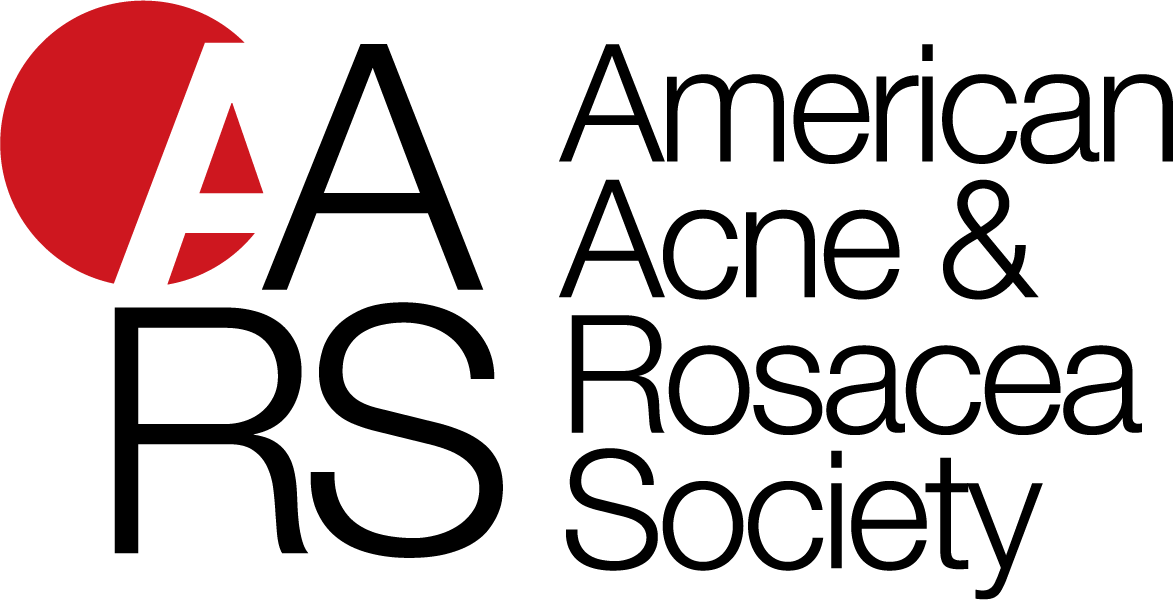Raja Sivamani, MD
University of California, Davis, Davis Medical Center, Dept. of Dermatology
2013 Mentorship Grant Recipient
Mentorship Grant Proposal
Mentor: Diane Thiboutot, MD, Pennsylvania State University, Milton S. Hershey Medical Center
I have had the fortune of working with inspirational mentors that have continually supported my interest and drive to engage in dermatology research. My initial interests were in epidermal biology and I have become more and more interested in sebocyte biology. Using acne as a model disease, I hope to better understand how sebaceous function is altered under the influence of systemic and local inflammatory mediators. I would like to pursue an AARS mentorship experience with Dr. Thiboutot. As I transition from residency toward junior faculty, a mentorship experience with Dr. Thiboutot will help me better understand both the clinical nuances of acne as well as research methods for acne research. We have no acne or rosacea experts or researchers available at my home dermatology program, and an opportunity to work and learn from Dr. Thiboutot would be invaluable.
During my mentorship experience, I plan to learn more detail about isotretinoin therapy and alternative agents in the treatment of severe acne. In particular, while it is known that isotretinoin can cause flares during the first month of therapy, it is still unclear as to why these flares occur, although several clinical predictive factors have been suggested [1]. During my mentorship experience, I would like to develop a research protocol to investigate how LDL/HDL ratios change during the first month of isotretinoin therapy and if this may serve as a predictive factor. After working with her to develop the protocol, I will work with the biostatistician support teams through the Clinical and Translational Science Center at the University of California, Davis (UC Davis) Medical Center to conduct my studies there.
My second goal during the mentorship is to learn about laboratory assays that I may use to assess lipid synthesis in sebocyte cell culture. I am already working with SEB-1 cells, a sebocyte cell line developed by Dr. Thiboutot. However, my current mentors are not experienced in sebocyte culture and lipid synthesis assays. As such, I want to better understand how to conduct these assays so that I incorporate them into my laboratory toolkit as I transition into my faculty position that will involve a significant portion of basic science work. As such, I plan to spend time in Dr. Thiboutot’s basic science laboratory so that I can learn how to perform these assays so that I may take these skills with me to UC Davis as I continue to collaborate with Dr. Thiboutot. As a corollary to my plans to assess how isotretinoin induced increases in the LDL/HDL ratio associates with a flare in acne, I plan to look at how lipoprotein fractions (LDL, HDL, VLDL) may alter sebocyte lipid synthesis. The lipoprotein fractions will be obtained from the clinical research faculty in the cardiovascular department at UC Davis but I will need to better develop my laboratory skills for sebocyte lipid analysis. I hope to accomplish learning the basic techniques during my mentorship, although the true research work will be conducted at UC Davis. My future plans are to stay in dermatological research and I will be applying for several early career awards including a K08 and several intramural funding opportunities for junior faculty at UC Davis. My mentorship experience with Dr. Thiboutot will help me better understand acne therapy and allow me to ask better research questions in this field. My goal is to become an expert in sebaceous disease and a mentorship opportunity with Dr. Thiboutot will be a key step in this process, as I understand how important mentorship is to my development as a research dermatologist. I look forward to this opportunity and to a career in investigative dermatology.


